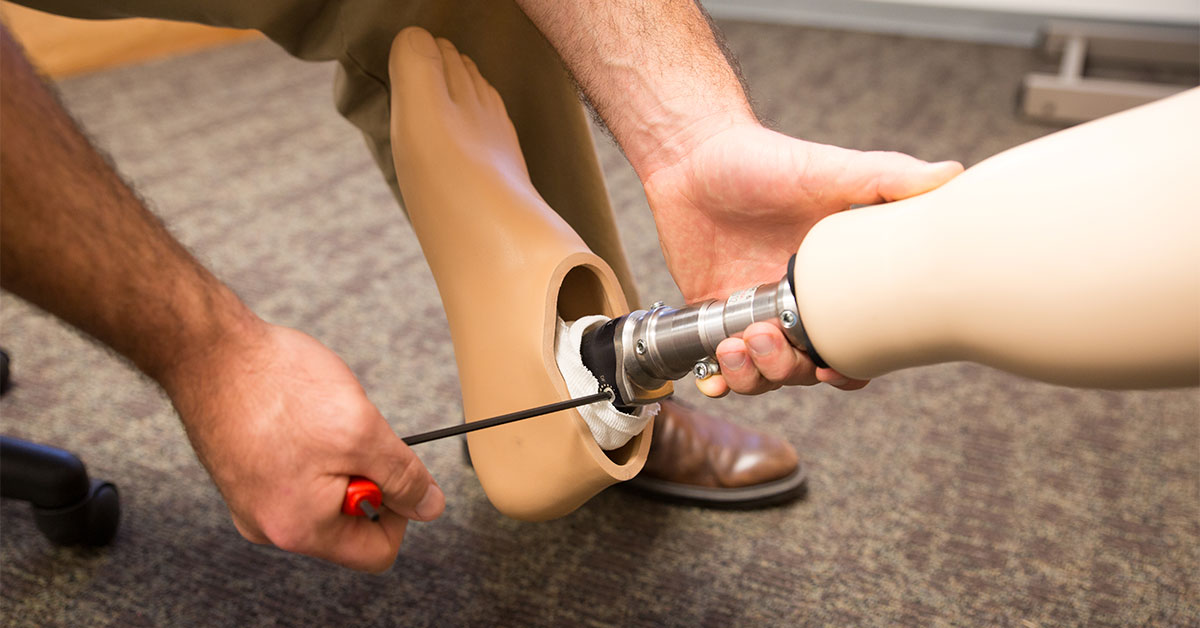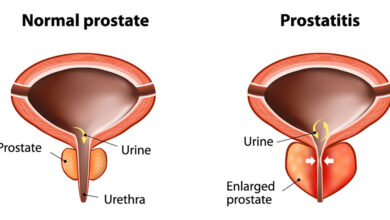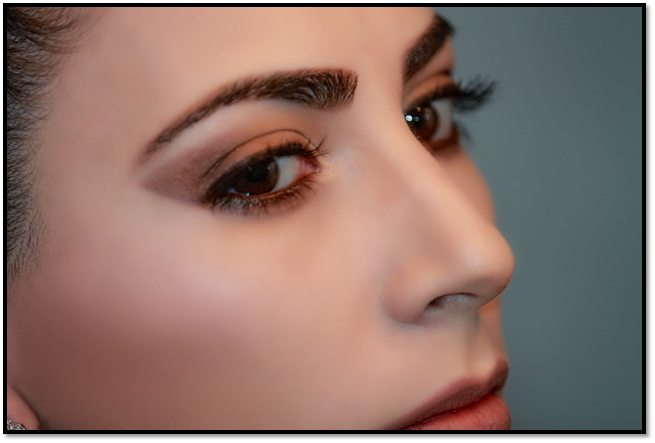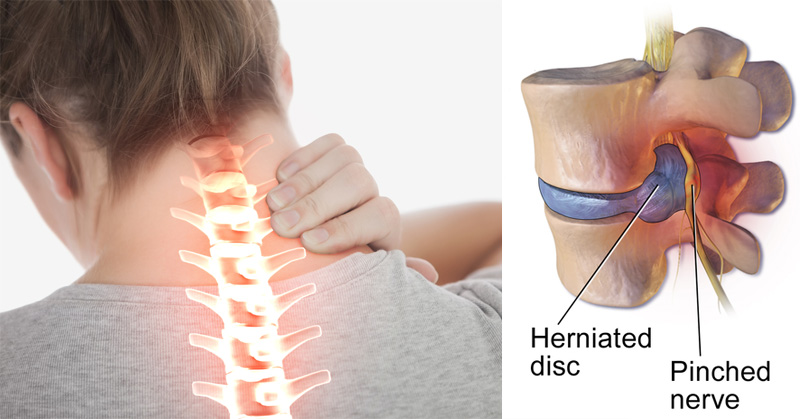Differences Between Orthosis And Prosthesis

Orthoses and prostheses provide essential support to many people. Orthoses and prostheses are sometimes necessary to improve the functional aspect of a limb or part of the body. Here are the main differences between an orthosis and a prosthesis.
Differences Between Orthosis And Prosthesis
Would you be able to distinguish the difference between an orthosis and a prosthesis clearly, and are you familiar with the use of these two terms? They are beneficial for solving different problems that can affect several body parts but have very different functions. The orthosis compensates, assists, and stabilizes a body part while the prosthesis replaces a body part.
The Orthosis
An orthosis is a tool generally custom-designed by an orthotist-prosthetist. It is a device that consists of compensating a function, assisting a structure (articular or muscular), and stabilizing a part of the body during rest or rehabilitation.
Orthoses can be used for several parts of the body, such as for the lower limbs (splint, adapted orthosis, compression garments, crutches, cane, knee orthosis, knee brace, etc.), upper limbs (shoulder splint, wrist splint, arm/forearm immobilization splint, Murphy ring, etc.), the feet (orthopedic shoes, ankle brace, immobilization orthosis, tibial orthosis, etc.) as well as for the trunk, neck, head (bandage hernia, lumbar belt, cervical collar, posture straightener, etc.)
The Prosthesis
The prosthesis by leading experts in medical prosthetics replaces (in whole or part) a malformed, deformed, or amputated limb. The prosthesis aims to restore the function of this limb while replicating its original appearance as much as possible. Ideally, a prosthesis will be both functional and aesthetic. Lower limb prostheses are foot, leg, knee, or thigh prostheses. Upper limb prostheses are hand, forearm, and arm prostheses. The prostheses are tailor-made according to the needs and the lifestyle of the people taking into account their physical condition, work, age, etc.
What Types Of Orthoses Exist?
There are three different types of foot orthotics:
- made-to-measure orthoses: they can be made by hand or assisted by IT resources for the design and manufacture, or even be designed using rapid prototyping processes.
- Adaptable orthoses: designed from thermoformable materials, they are heated to modify their shape.
- Prefabricated orthoses: available on the internet or in para-pharmacies, their lifespan is minimal because they will tend to deform in continuity with the body’s weight and the heat.
How Are Orthopedic Insoles Designed?
The design of orthopedic insoles takes place in three stages:
- Foot assessment
- The manual design of the soles
- The orthopedic insoles test



